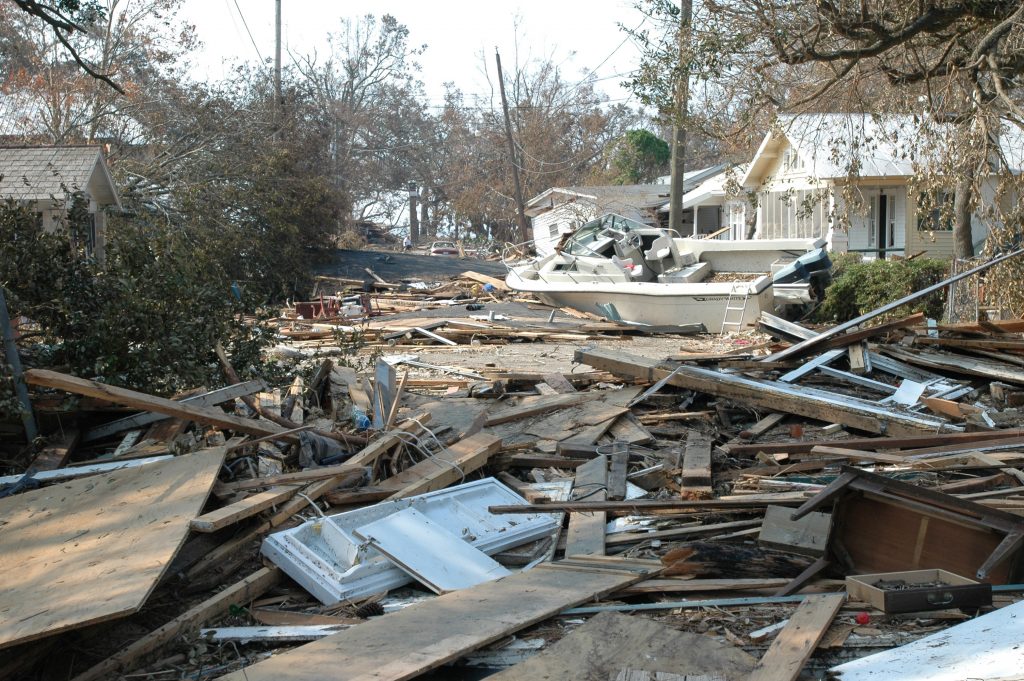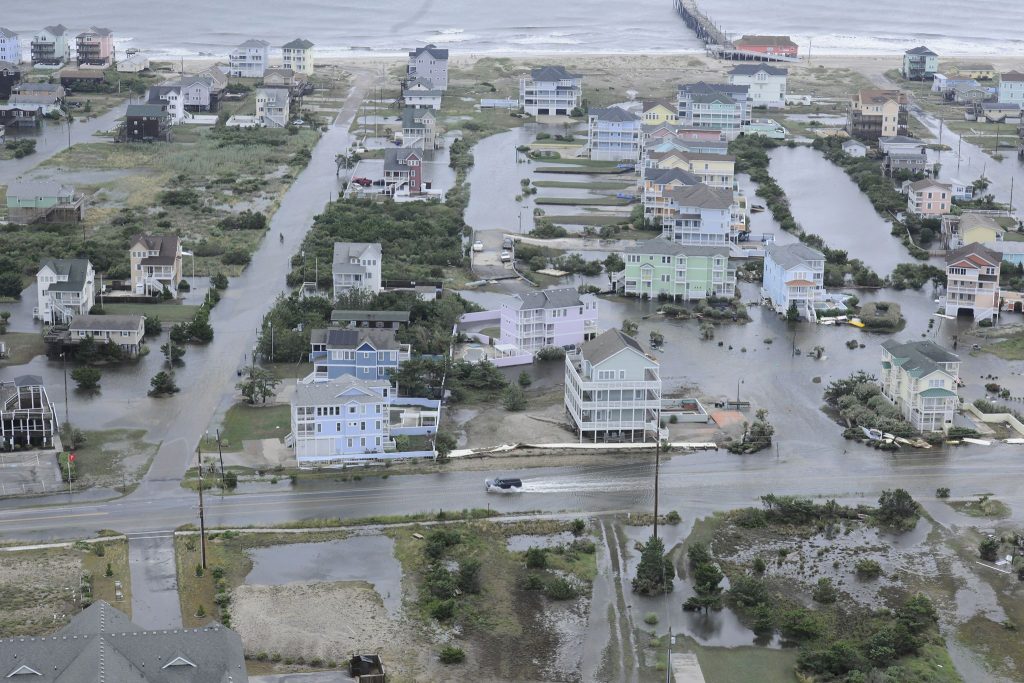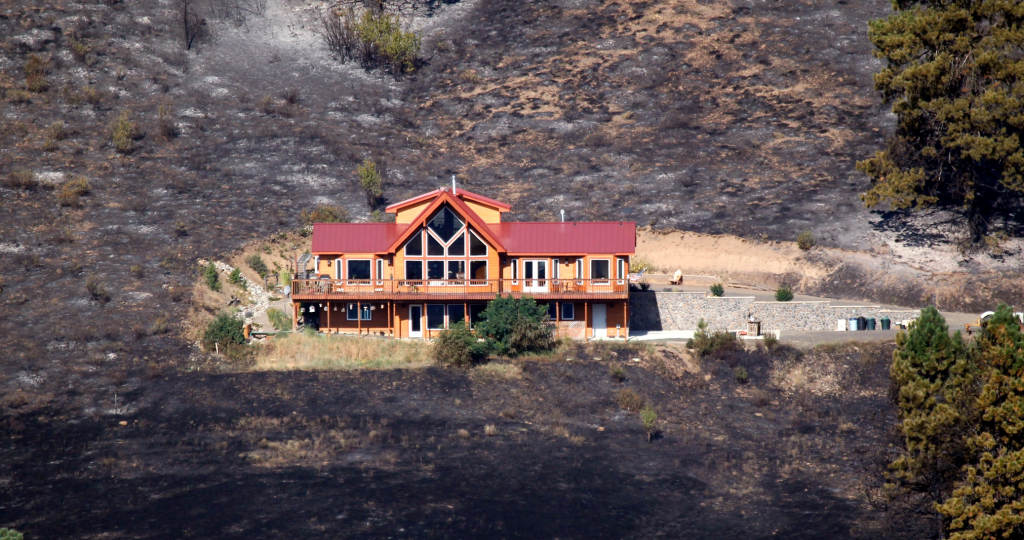Climate change intensifies and it affects every single aspect of our lives. This includes business, the world economy, and the insurance industry. Property owners face increasing challenges due to more frequent and severe weather events, such as hurricanes, cyclones, and wildfires. Catastrophic reinsurance rates are skyrocketing, and coverage is often denied in high-risk areas. Tensorflight’s property intelligence solution can help battle climate change – the solutions we provide help not only insurers and underwriters but also common people in the most climate-change-exposed areas on the globe.
The point of insurance is to provide a safety net for people, and climate change poses many challenges to its very essence. We, as a property data company for insurance, are addressing these challenges with AI-derived building attributes to help property owners, insurers, and communities better understand and manage climate change-related risks.
How do we help?
As of 2023, insurers have been denying coverage or raising rates by several hundred percent in disaster-prone areas, mainly due to inadequate risk assessment tools. Tensorflight’s property data not only helps insurers but also directly benefits property owners. Savings from accurate risk assessments are passed onto property owners, who can enjoy lower insurance rates if they maintain proper construction, and protections, and avoid building in high-risk areas. Our platform is able to extract all the following details about buildings. All of these are crucial to combating the impact of climate change on the insurance industry.
Hurricanes, fires, floods, and the building’s construction type

Construction type plays a crucial role in assessing climate-related risks, as demonstrated by the survival of a reinforced concrete property during a hurricane while neighboring buildings were destroyed. Tensorflight’s technology analyzes construction types and offers valuable insights into building resilience against various climate-induced perils. These insights can be found in articles covering hurricanes, wildfires, floods, hail, and windstorms on Tensorflight’s website. Their data can be integrated into catastrophe modeling engines like RMS and AIR, enhancing risk assessments and informing better decision-making. The type of construction used in a building can greatly affect its susceptibility to hurricane risk. Different types of construction materials have different strengths and weaknesses when it comes to resisting wind and water damage.

Brick, stone, or concrete blocks – these materials are stronger than wood and can withstand strong winds and fire efficiently. However, they still need to be taken care of, and making sure the mortar and roof are in good shape. Another option is to use reinforced concrete or steel. They can handle wind and water damage well but are usually more expensive than wood or masonry. Steel also has some drawbacks, such as being prone to rust and being damaged by flying debris. Buildings made of masonry, concrete, and metal are generally more resistant to water damage than wood, helping insurers evaluate a property’s flood resilience. Wood frame construction, which is made of materials such as lumber and plywood, is generally considered to be the least resilient to hurricane damage. Wood frame buildings are more vulnerable to wind-borne debris and are more susceptible to water damage. However, they can be reinforced with shear walls, bracing, and other wind-resistant features to improve their resiliency.
Worth mentioning the facade material and the presence of ACP panels – Tensorflight’s property intelligence platform informs users about both. More about these can be found in this article.
The importance of roof condition
Roofs in poor condition are more likely to fail during high winds, allowing water to enter the building and causing structural damage. Loose or missing shingles can also be easily lifted off by the wind and cause damage to other parts of the building or to neighboring buildings. In addition, a poorly maintained roof can also be a source of leaks, which can cause damage to the interior of the building, and can also lead to mold growth, which can be a health hazard.
Roof pitch has an impact on hurricane susceptibility. While you might have thought that a flat roof would be the best style to fight wind damage, a moderately pitched hip roof is actually better able to withstand strong winds, as found by some studies. As it turns out, a flat roof can increase uplift forces on the overhang and are thereby more prone to leaks.
On the other side – a roof that is in good condition and properly maintained can be able to protect a building from water infiltration and wind damage during a hurricane. This includes ensuring that the roof is properly sealed and weatherproofed, that all flashing and other roof penetrations are properly secured, and that all gutters and downspouts are functioning properly.
Defensible space, and the property’s surroundings

In recent years, the frequency of wildfires has increased significantly, as evidenced by events in California and Australia. Tensorflight’s defensible space and environmental monitoring services aid in addressing this concern. By assessing vegetation within the NFPA-designated zones surrounding the property, we can determine the likelihood of a building’s survival in the event of a major wildfire. Additionally, we examine other factors in the vicinity, such as flammable materials and debris, to provide a more comprehensive evaluation of the associated risks.
The property’s year built
The year a building was built can have a significant impact on its susceptibility to hurricane risk. Buildings that were constructed before current building codes were in place are generally considered to be at a higher risk for damage during a hurricane than those that were built to comply with current codes. This is because building codes are regularly updated to reflect new knowledge and technologies for improving the resilience of buildings to natural hazards such as hurricanes. At Tensorflight we are providing year-built and effective year-built data from taxes.
Summary
Tensorflight’s AI-driven property data is empowering property owners, insurers, and communities to better understand and manage climate change risks. By providing accurate risk assessments and promoting resilient infrastructure, Tensorflight’s technology is helping to create a more sustainable future for all.



